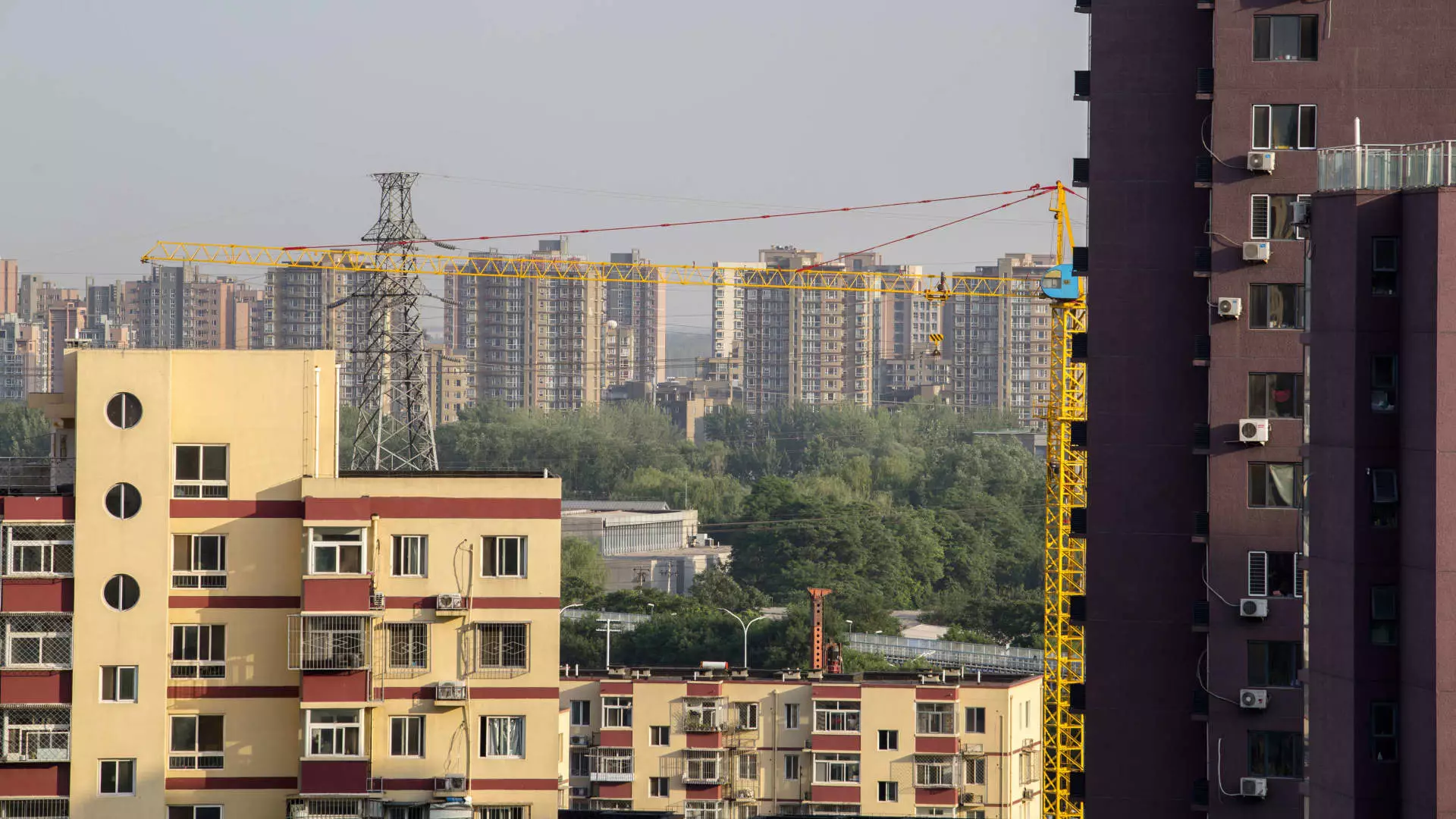The Chinese real estate market has faced significant turmoil over the past few years. A combination of economic slowdowns, government regulatory crackdowns, and issues pertaining to solvency among major property developers has led to a crisis that affects millions of families. As the market struggles to regain stability, recent policy changes introduced by the People’s Bank of China (PBOC) signal an effort to breathe new life into this crucial sector of the economy. This article aims to assess the implications of these changes and whether they can effectively revive a struggling industry.
On a pivotal Tuesday morning, PBOC Governor Pan Gongsheng revealed a series of monetary easing measures aimed at alleviating the financial burdens faced by millions of homeowners. Key announcements included a reduction in interest rates on existing individual mortgages by an average of 0.5 percentage points and a new lower down-payment ratio for purchasing second homes, now set at 15% rather than the previous 25%. This unification of down-payment levels for both first and second homes marks a significant policy shift intended to stimulate purchasing activity and provide much-needed relief to families grappling with financial pressure.
According to the PBOC, these initiatives are projected to decrease household interest payments on mortgages by approximately 150 billion yuan ($21.25 billion) annually. Such comprehensive measures are interpreted as a direct attempt to elicit new investments and consumer confidence in the real estate sector, which has seen property-related investments decrease by more than 10% within the first eight months of the year compared to the previous year.
The immediate aftermath of these announcements showcased a notable uptick in the Hang Seng Mainland Properties Index, which surged as much as 5%. Shares of major Hong Kong-listed property developers, such as China Resources Land and Longfor Group Holdings, exhibited remarkable gains of up to 5.41%. However, while the stock market’s initial enthusiasm could be a signal of potential recovery, it’s crucial to maintain a critical lens on whether this optimism will transform into lasting stability in the sector.
The sentiment expressed by analysts suggests caution. William Wu of Daiwa Capital Markets posits that these rate cuts, while beneficial for existing homeowners, may not necessarily spur demand for new housing. Moreover, it could potentially impede the central bank’s ability to further reduce loan prime rates, an essential tool in stimulating economic growth. The notion that rate cuts alone won’t activate new pursuances within the property market raises questions about the effectiveness of these easing measures.
Bruce Pang, chief economist at JLL, highlighted the urgency for robust supportive measures across various stakeholders in the real estate ecosystem. He emphasized the need for effective strategies that not only cushion the financial strains on homeowners but also bolster property developers. The interdependence of consumer confidence and developers’ financial health indicates that without effective support for builders, efforts to invigorate the market will likely remain narrow and short-lived.
The broader economic landscape hints at cautious optimism, with reports suggesting that further measures, such as enabling homeowners to renegotiate mortgage terms or switch banks for better financing options, may be on the horizon. These adjustments could provide additional avenues for alleviating household debt burdens while enhancing competition among financial institutions. Such measures could be instrumental in stabilizing the market in the long term.
Navigating the complex terrain of China’s real estate sector will require concerted efforts and multifaceted strategies. While the recent announcements by the PBOC show a clear intent to support struggling families and developers alike, numerous hurdles remain that could hinder a complete recovery. Market sentiment can easily shift, especially in response to ongoing global economic challenges and varying domestic factors. Stakeholders must watch closely how these initial measures evolve and their lasting implications, as the resilience of the Chinese real estate market hangs in the balance.

